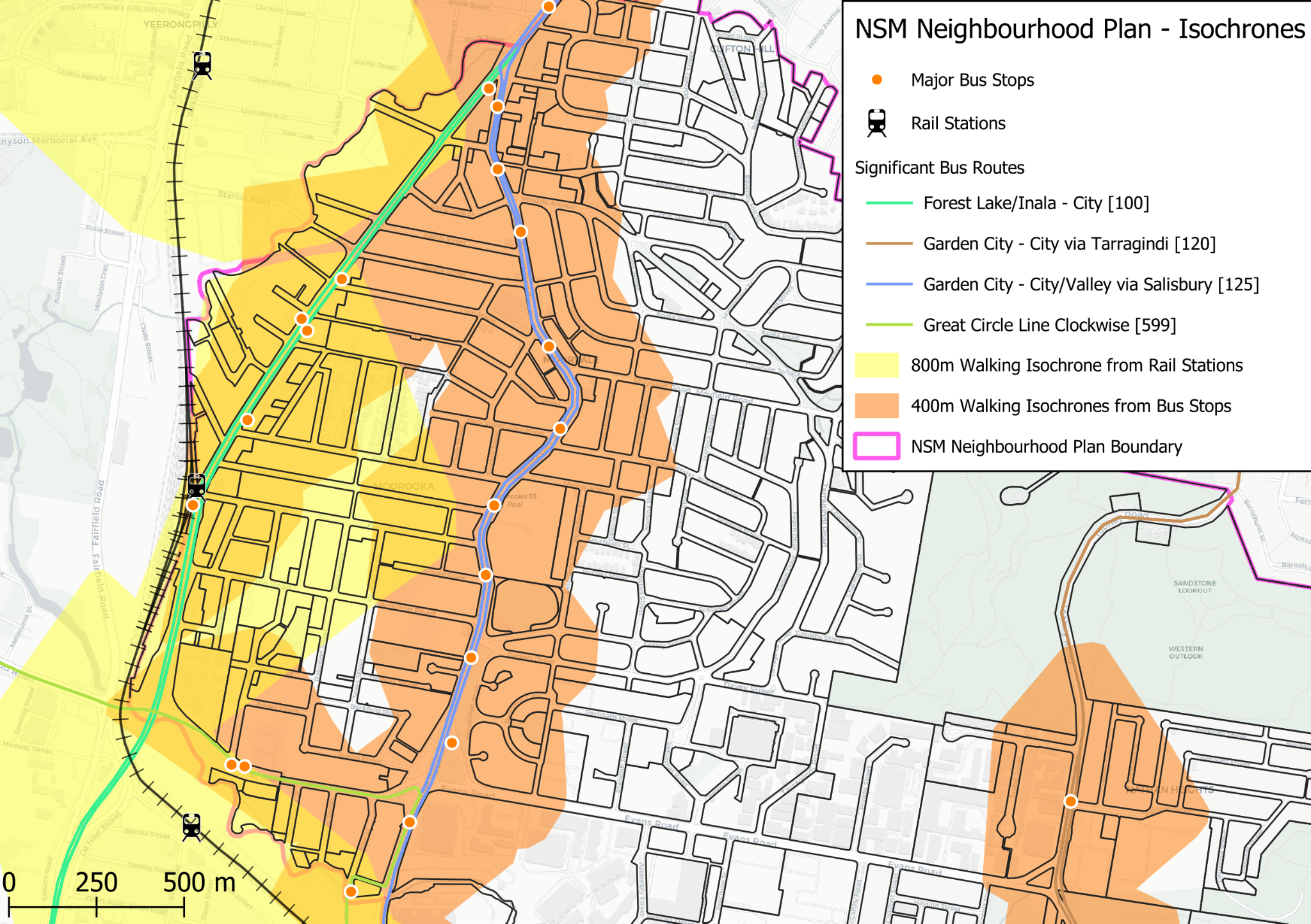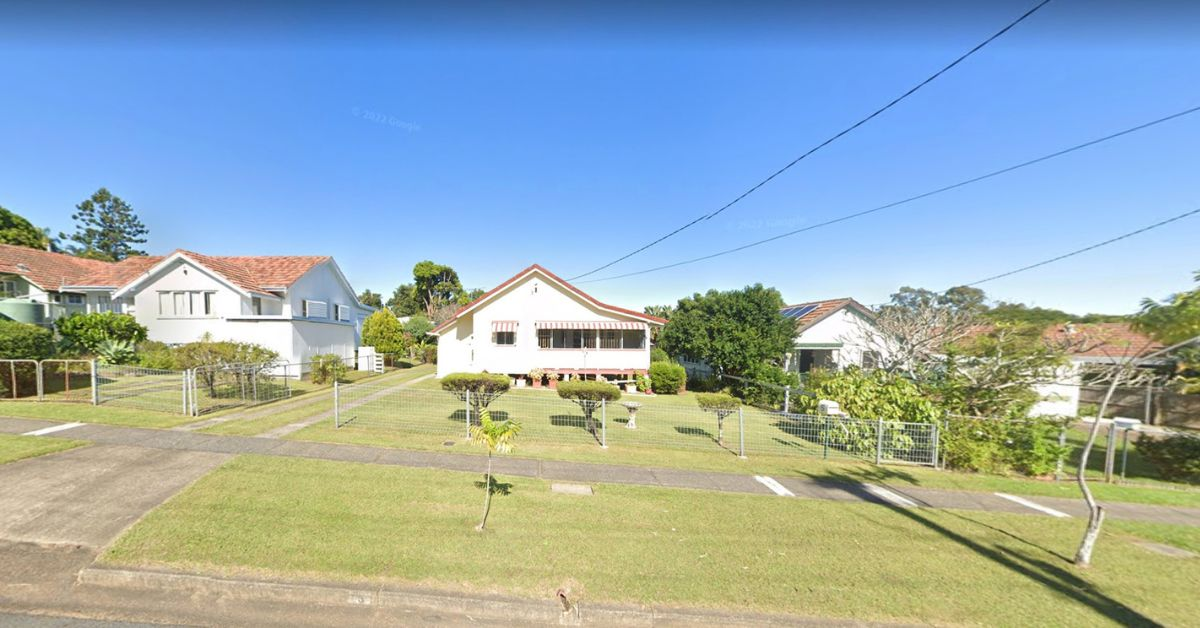BCC's draft Nathan, Salisbury and Moorooka Neighbourhood Plan — a missed opportunity to boost housing supply
This draft repeats the problems that have plagued previous neighbourhood plan reviews. The developable area is narrow in scale, lacking ambition and will only further exacerbate the slow pace of infill. Every suburb is meant to have a diversity of housing options that actively facilitate people using public and active transport for the majority of their trips. This draft plan fails at this basic hurdle to facilitate that.
It fails by Council’s own metric.
It is impossible to see how Brisbane City Council can achieve its housing targets and its own vision for the future of our city while continuing to rely on the lowest common denominator approach to planning.
But Council can change this right now with one simple change radically upzoning these former industrial neighbourhoods and kickstart a new housing hub.
Greater Brisbane’s alternative plan for Moorooka completely reimagines the former industrial blocks.

Every square metre of Moorooka is within a short twenty minutes walk of a train station or frequent bus route.

These neighbourhoods along the train line can be a new standard in transit oriented development and how we can all live a better urban life in the subtropics. If we’re serious about the housing crisis, we can’t let this opportunity go to waste.
The draft is even heritage listing 180 homes against the wishes of their residents—flying in the face of Council’s supposed ambition to build more.
Recent research clearly shows that even parts of Brisbane targeted for densification through infill development, character restrictions and minimum lot sizes completely preclude housing diversity.
Listing the War Workers Housing Estate is particularly offensive. It’s a cruel irony that a homebuilding program from our past is being used to stop any housing renewal in perpetuity. Rather than pay lip service to what these homes represent and locking future generations out, we should resurrect the spirit of the policy with our own 21st century mass public building campaign.

If Council isn’t prepared to invest in a building programme themselves, they should at least get out of the way and let an open market do so.
We highlighted that with greater density comes greater need for-and opportunity to deliver- community infrastructure. By facilitating much more housing and street activation all through Moorooka, economic growth would enable Council to acquire strategic blocks throughout the newly walkable neighbourhoods for much needed pocket parks, playgrounds and a new library to give the thousands of new residents somewhere to spend their time.
Local libraries, shops and schools means less demand for private cars too. By extending Council’s reduced parking minimums to Moorooka, we’d be taking thousands of cars off the road and saving homeowners tens of thousands on their purchase.